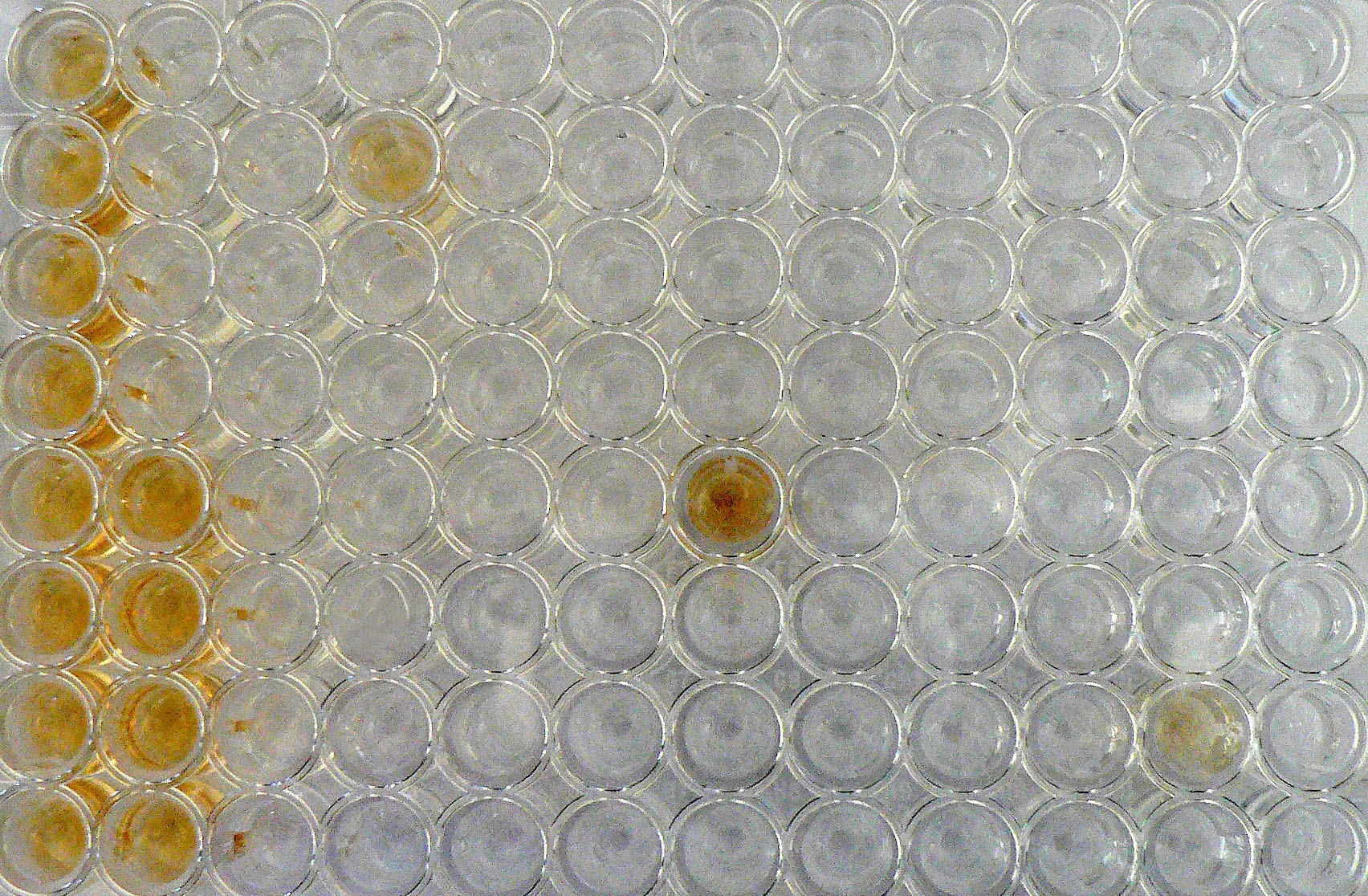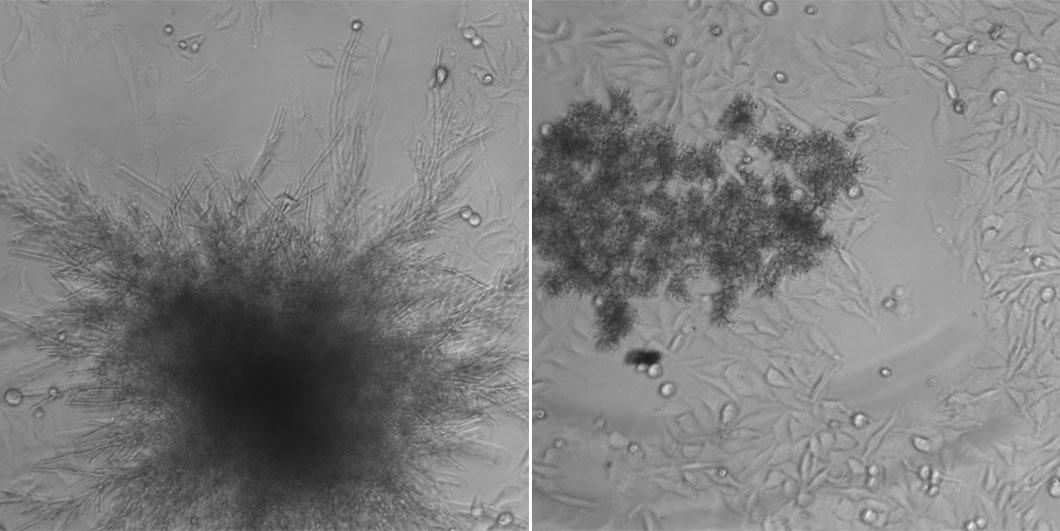A faster way to antimycotic drugs
Conventional antimycotic drugs have a narrow spectrum of effect and can cause severe side effects. Using a new automated screening assay, researchers of the Fraunhofer Institute for Interfacial Engineering and Biotechnology IGB in Stuttgart, Germany, are searching for specific and better tolerated antimycotics.


Around 50 percent of people harbor the yeast Candida albicans in their bodies. In general, our immune systems manage to keep this troublesome tenant under control. However, pathogenic fungi still cause several thousand deaths each year in Germany alone – and the figures are rising. People with weakened immune systems, such as chemotherapy patients and transplant recipients, are particularly susceptible to potentially fatal mycoses (aggressive fungal infections). At present, only a few drugs are available for the treatment of such diseases and some of them can cause serious side effects. To make matters worse, the fungi are becoming increasingly resistant to the drugs used to combat them. Now, researchers from Fraunhofer IGB and experts from EMC microcollections GmbH are collaborating on a research project aimed at identifying new compounds which have a broad spectrum of effect against Candida albicans and are more easily tolerated than conventional antimycotics.
The accelerated search for antimycotic drugs has become possible with the aid of a new cell-based test system. Using this assay, researchers at the Fraunhofer IGB screened a substance library from EMC microcollections GmbH, for which the company synthesized ten thousands of potential active compounds. “The assay enables us to test substances for their antimycotic effectiveness and tolerance in human cells in one fell swoop,” says Dr. Steffen Rupp, head of department at Fraunhofer IGB, describing the test’s unique feature.
The sophisticated test functions as follows: the individual wells of a microtiter plate are initially coated with a layer of living human cells, which is then incubated with the library test substances as well as cells of Candida albicans. Normally, the yeast cells immediately unfold their whole pathogenic potential: they form threadlike hyphae, penetrate the human cells and kill them. If however a test substance inhibits the growth of the yeast cells, the human cells remain alive. “In order to see the test results easily, reliably and quickly, we also add a precursor of a fluorescent dye to the cells. Only living human cells are capable of transforming this into a visible yellow fluorescent dye,” IGB scientist Dr. Anke Burger-Kentischer explains the laboratory procedure. “When a well shows yellow, we know at a glance that the human cells are vital. That is to say, the substance being tested inhibits the growth of the yeast or kills it, but does not impair the human cells.”
In order to save time and costs, the researchers have partly automated the screening process, so that thousands of substances can be tested per week. By this means, the Fraunhofer IGB scientists have already found some promising antimycotic compounds, which are currently being examined for patentability. They have also already been able to narrow down drug target proteins in genome-wide investigations using bio-chips. In order to further improve the effectiveness of the substances against the yeast, the EMC specialists are working on modifying their chemical structure. Dr. Steffen Rupp is confident that the first active substances will be ready for clinical trials in a few years’ time. The cell-based test system will be showcased at the Biotechnica trade fair in Hanover, Germany, from October 9 to 11, 2007 (Hall 9, Booth E 29). The test’s functional principle can also be applied to other pathogens such as bacteria or viruses, offering the potential for the fast screening of further substance libraries.
 Fraunhofer Institute for Interfacial Engineering and Biotechnology IGB
Fraunhofer Institute for Interfacial Engineering and Biotechnology IGB